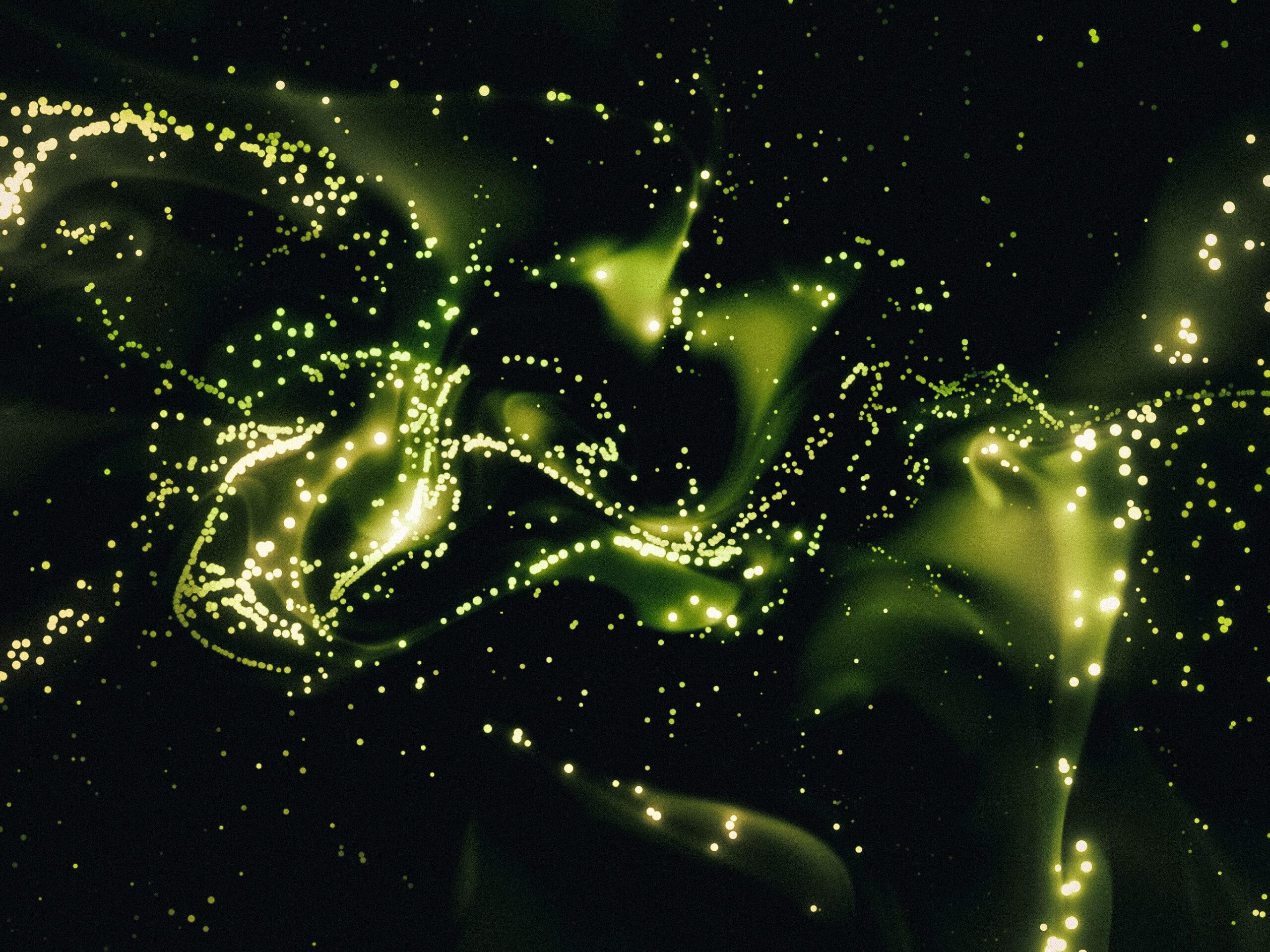Endocannabinoids, phytocannabinoids, synthetic cannabinoids…It can be overwhelming to differentiate between these key terms used in the cannabis world.
Although Δ9-tetrahydrocannabinol (Δ9-THC) remains classified as a Schedule I drug by the United States Drug Enforcement Administration (DEA), 36 states and the District of Columbia (DC) have legalized cannabis for medical use, and 18 of them have also legalized it for recreational consumption. 1,2 As cannabis becomes more widely used and the various molecules it produces are better understood, it is increasingly important to understand the differences between cannabinoid molecules that are produced within the plant itself (phytocannabinoids), those that are produced within the human body (endocannabinoids), and those that can be produced artificially within a laboratory setting (synthetic cannabinoids).
All three types of cannabinoids have the potential to interact with the endocannabinoid system (ECS), which functions in the human body to connect internally produced (or “endogenous”) cannabinoids, the known cannabinoid receptors (CB1R and CB2R), and enzymes responsible for their synthesis and degradation. The ECS is a wide-ranging biochemical communication and regulatory system found in the central nervous system (CNS), peripheral nervous system (PNS), and immune system, known to play a key role in maintaining body homeostasis. 3
Endogenous cannabinoids, or endocannabinoids, are a large group of compounds derived naturally from fatty acids which interact with cannabinoid receptors to activate downstream targets. There are two main endocannabinoids: anandamide or N-arachidonoyl ethanolamine (AEA) and 2-Arachidonolyglycerol (2-AG), both of which were discovered in the laboratory of Dr. Raphael Mechoulam at the Hebrew University of Jerusalem. AEA was originally isolated from the brain of a pig in 1992 by Dr. Lumir Hanus; this molecule was discovered to help regulate mood, sleep, and appetite. 4,5 A few years later, 2-AG was isolated from the gastrointestinal system of a dog by Dr. Shimon Ben-Shabat and was shown to play key roles in immunity and inflammation. 6,7 While 2-AG acts as a full agonist to CB1R and CB2R (turning on both receptors and resulting in a strong response), AEA is a partial agonist (binding to the receptors but triggering a more moderate response). 8 Additional research is being conducted on the ECS to describe more fully the role that endocannabinoids play in normal human physiology.
Phytocannabinoids are cannabinoid molecules that are produced in and extracted from the cannabis plant. More specifically, they are found in the unfertilized female flowers of the cannabis plant, where they are synthesized in secretory cells that grow inside structures called “trichomes.” 9 More than 100 phytocannabinoids are produced by the cannabis plant, but Δ9-THC and cannabidiol (CBD) have been the most studied. Both of these molecules interact with the ECS in humans, with THC partially activating both CB1R and CB2R while CBD blocks CB1R and an inhibits signaling from CB2R. 10,11 Other phytocannabinoids include cannabichromene (CBC), cannabigerol (CBG), or cannabinol (CBN), require more investigation to understand their effects. In 2018, the FDA approved Epidiolex® (CBD oral solution) for the treatment of seizures associated with several forms of epilepsy, Lennox-Gastaut and Dravet syndrome; this is the only phytocannabinoid molecule that has been approved for medical use to date. 12
Finally, synthetic cannabinoids (SCBs) are artificially produced chemicals designed by scientists to mimic the effects of specific cannabinoids, particularly Δ9-THC. Some of these SCBs include illegal and dangerous molecules (e.g., synthetic marijuana, K2, or spice), which have unpredictable and undesirable effects, including cardiovascular, renal, and gastrointestinal (GI) toxicities that can lead to death. 13,14 These SCBs are highly popular among teenagers due to their psychoactive effects, affordability, and inability to be detected on routine drug screens.15,16 In contrast to Δ9-THC which only partially activates the ECS receptors, SCBs strongly activate both CB1R and CB2R.17,18 As of October 2021, the FDA has approved a small number of synthetic cannabinoids that mimic the structure and activity of Δ9-THC; three compounds are indicated for the treatment of nausea and vomiting associated with cancer chemotherapy, including Syndros® (dronabinol-based), Marinol® (dronabinol-based), and Cesamet® (nabilone-based). 19-21
Cannabinoids as a class of molecules can be derived from several sources, have very different properties, and interact in various ways with receptors in the ECS. Endocannabinoids are molecules produced within the human body, phytocannabinoids are found in the cannabis plant and synthetic cannabinoids are man-made molecules in a laboratory. Depending on the specific molecule type, these compounds can interact with distinct affinities with the cannabinoid receptors, leading to disparate effects on the human body and mind.
References
- Drug Scheduling, Assessed August 26, 2021. (https://www.dea.gov/drug-information/drug-scheduling).
- Legislatures NCoS. State Medical Marijuana Laws. (2021).https://www.ncsl.org/research/health/state-medical-marijuana-laws.aspx).
-
Sharma DS, Paddibhatla I, Raghuwanshi S, et al. Endocannabinoid system: Role in blood cell development, neuroimmune interactions and associated disorders. J Neuroimmunol 2021;353:577501. DOI: 10.1016/j.jneuroim.2021.577501. https://pubmed.ncbi.nlm.nih.gov/33571815/
- Devane WA, Hanus L, Breuer A, et al. Isolation and structure of a brain constituent that binds to the cannabinoid receptor. Science 1992;258(5090):1946-9. DOI: 10.1126/science.1470919.
- Maccarrone M. Metabolism of the Endocannabinoid Anandamide: Open Questions after 25 Years. Front Mol Neurosci 2017;10:166. DOI: 10.3389/fnmol.2017.00166.
- Mechoulam R, Ben-Shabat S, Hanus L, et al. Identification of an endogenous 2-monoglyceride, present in canine gut, that binds to cannabinoid receptors. Biochem Pharmacol 1995;50(1):83-90. DOI: 10.1016/0006-2952(95)00109-d.
- Cabral GA, Ferreira GA, Jamerson MJ. Endocannabinoids and the Immune System in Health and Disease. Handb Exp Pharmacol 2015;231:185-211. DOI: 10.1007/978-3-319-20825-1_6.
- Kano M. Control of synaptic function by endocannabinoid-mediated retrograde signaling. Proc Jpn Acad Ser B Phys Biol Sci 2014;90(7):235-50. DOI: 10.2183/pjab.90.235.
- Livingston SJ, Quilichini TD, Booth JK, et al. Cannabis glandular trichomes alter morphology and metabolite content during flower maturation. Plant J 2020;101(1):37-56. DOI: 10.1111/tpj.14516.
- Pertwee RG. The diverse CB1 and CB2 receptor pharmacology of three plant cannabinoids: delta9-tetrahydrocannabinol, cannabidiol and delta9-tetrahydrocannabivarin. Br J Pharmacol 2008;153(2):199-215. DOI: 10.1038/sj.bjp.0707442.
- Thomas A, Baillie GL, Phillips AM, Razdan RK, Ross RA, Pertwee RG. Cannabidiol displays unexpectedly high potency as an antagonist of CB1 and CB2 receptor agonists in vitro. Br J Pharmacol 2007;150(5):613-23. DOI: 10.1038/sj.bjp.0707133.
- FDA Approves First Drug Comprised of an Active Ingredient Derived from Marijuana to Treat Rare, Severe Forms of Epilepsy, Assessed on August 30th 2021. (https://www.fda.gov/news-events/press-announcements/fda-approves-first-drug-comprised-active-ingredient-derived-marijuana-treat-rare-severe-forms).
- Ford BM, Tai S, Fantegrossi WE, Prather PL. Synthetic Pot: Not Your Grandfather’s Marijuana. Trends Pharmacol Sci 2017;38(3):257-276. DOI: 10.1016/j.tips.2016.12.003.
- Mills B, Yepes A, Nugent K. Synthetic Cannabinoids. Am J Med Sci 2015;350(1):59-62. DOI: 10.1097/MAJ.0000000000000466.
- Jarbe TU, Gifford RS. “Herbal incense”: designer drug blends as cannabimimetics and their assessment by drug discrimination and other in vivo bioassays. Life Sci 2014;97(1):64-71. DOI: 10.1016/j.lfs.2013.07.011.
- Gunderson EW, Haughey HM, Ait-Daoud N, Joshi AS, Hart CL. “Spice” and “K2” herbal highs: a case series and systematic review of the clinical effects and biopsychosocial implications of synthetic cannabinoid use in humans. Am J Addict 2012;21(4):320-6. DOI: 10.1111/j.1521-0391.2012.00240.x.
- Castaneto MS, Gorelick DA, Desrosiers NA, Hartman RL, Pirard S, Huestis MA. Synthetic cannabinoids: epidemiology, pharmacodynamics, and clinical implications. Drug Alcohol Depend 2014;144:12-41. DOI: 10.1016/j.drugalcdep.2014.08.005.
- Walsh KB, Andersen HK. Molecular Pharmacology of Synthetic Cannabinoids: Delineating CB1 Receptor-Mediated Cell Signaling. Int J Mol Sci 2020;21(17). DOI: 10.3390/ijms21176115.
- Syndros (dronabinol) Oral Solution, assessed August 30th 2021. (https://www.accessdata.fda.gov/drugsatfda_docs/nda/2016/205525Orig1s000TOC.cfm).
- Marinol (dronabinol) capsules for Oral Use, assessed August 30th, 2021. (https://www.accessdata.fda.gov/drugsatfda_docs/label/2017/018651s029lbl.pdf).
- FDA and Cannabis: Research and Drug Approval Process, Assessed August 30th, 2021. (https://www.fda.gov/news-events/public-health-focus/fda-and-cannabis-research-and-drug-approval-process).






